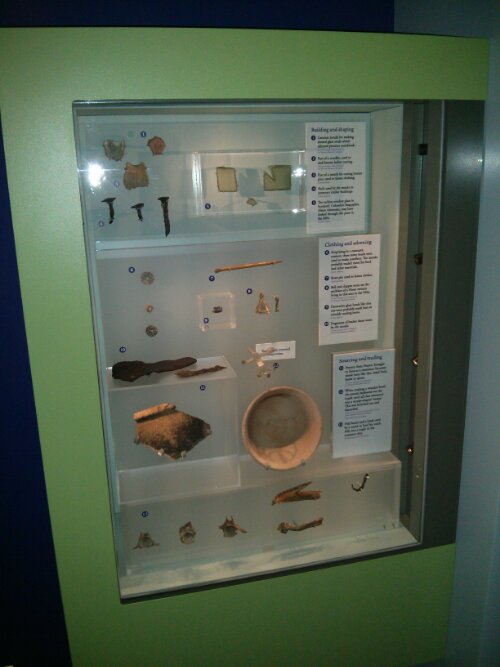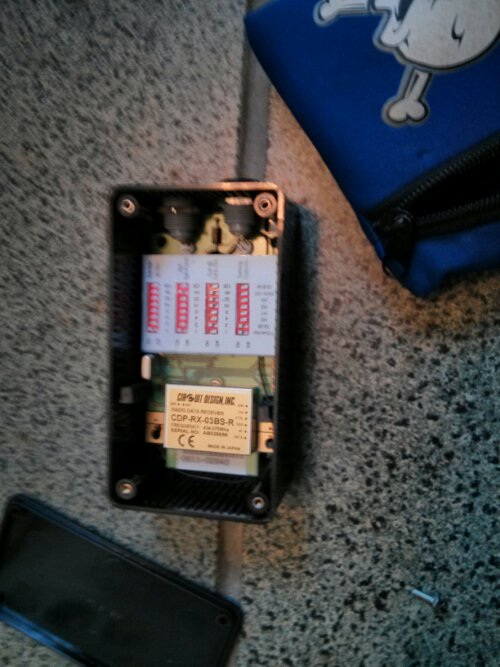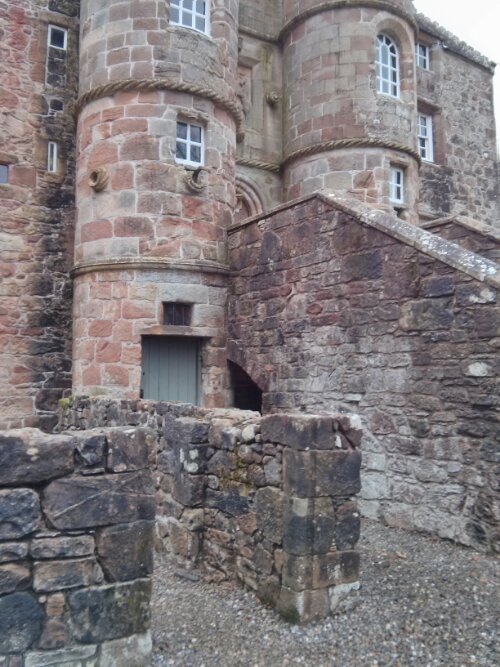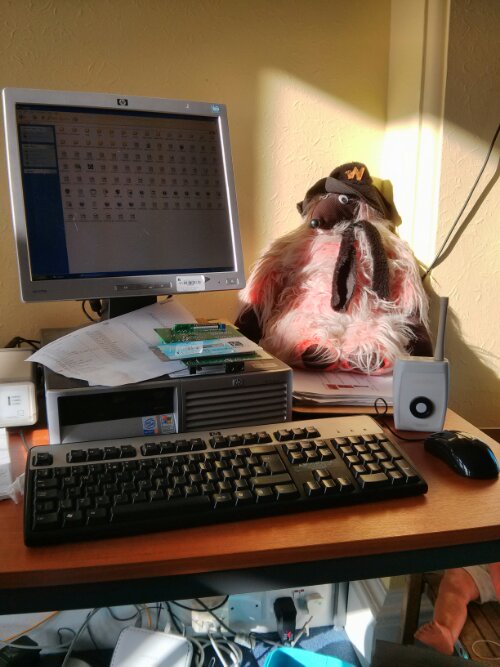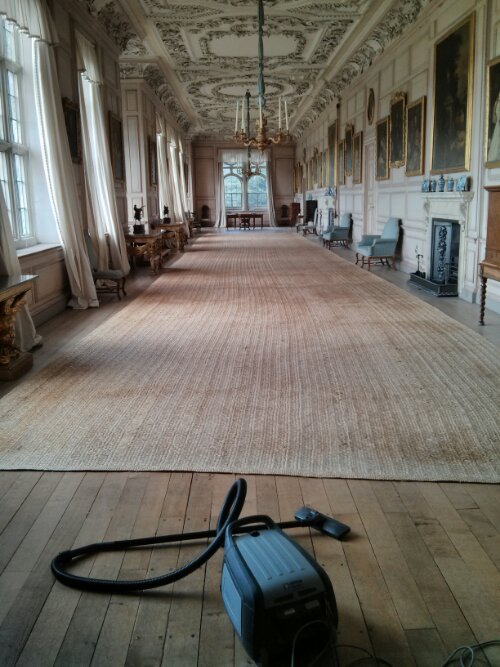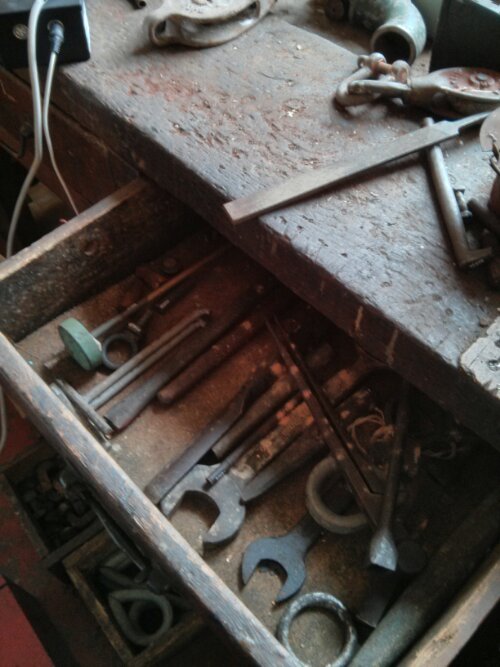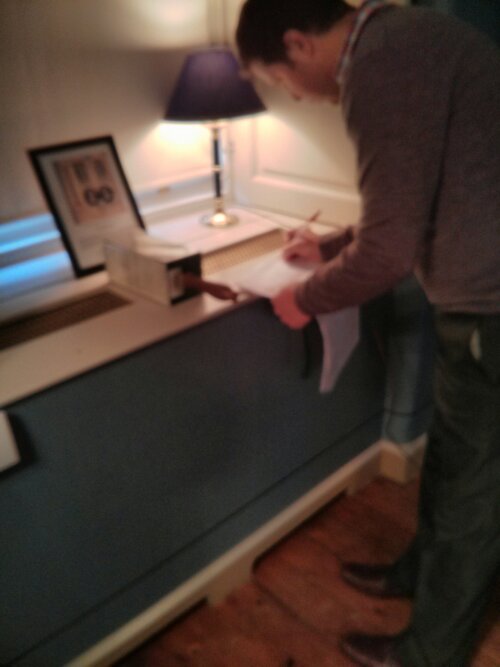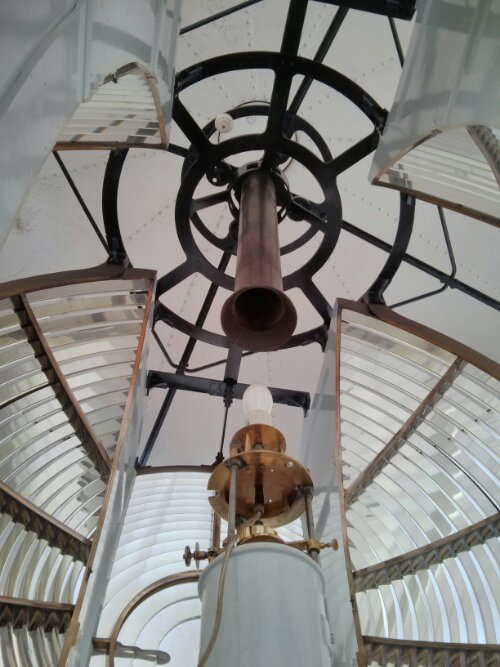This historic shop model is kept in a cold and damp basement. To compensate for this it is in a high quality museum case that is also packed with Silica gel and isolated from the environment in the basement. A Meaco radio telemetry system allows us to keep a close eye on conditions and gives plenty of warning if things start to change.
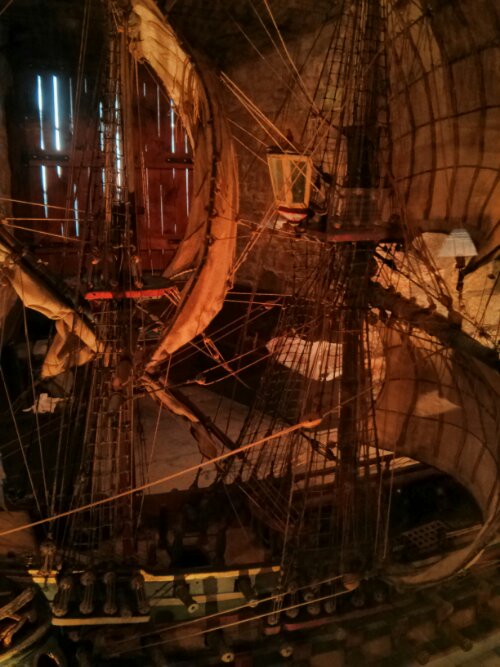
Author Archives: admin
Humidity Control with Silica Gel
These display cases get a little dry in the winter due to the heating in the visitor centre. We have already improved the seals on the cases and swapped halogen lights for LEDs. This next step is to hide as much used silica gel in the cases as possible. We are using second hand silica gel that has come from a damp environment in the expectation that it will slowly release moisture to the environment in the cases. The data loggers will soon tell us if we are right.
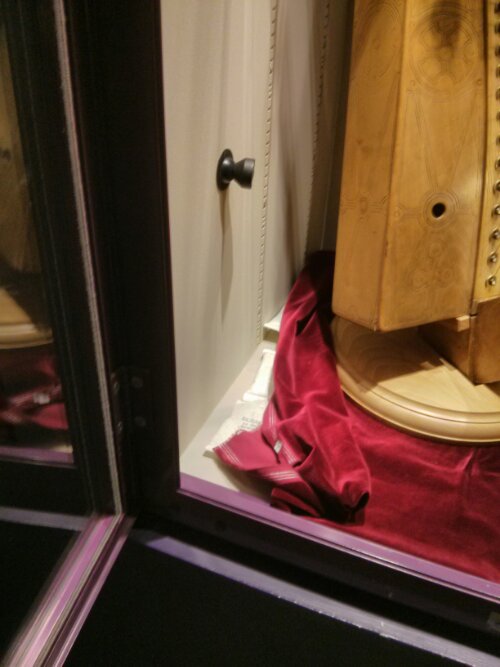
Halving Energy Bills
The heating in this little museum was adapted to humidistat control last Summer. The only artefacts in the building are made of sandstone so we could let the relative humidity rise higher than normal. This has allowed some serious savings to be made. Early indications are that we are down from about 14,000 kWh to about 7,000 kWh per year, at the same time improving conditions for this important collection.
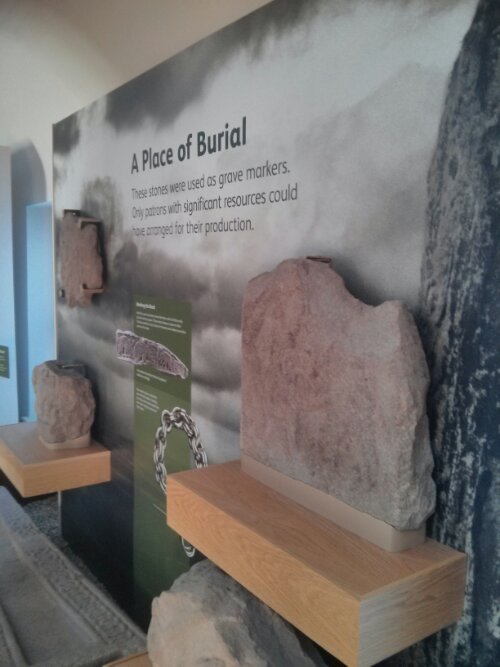
Display Case Performance
Background & Boost
This data logger has been installed for a few months. Its condition tells a story even before downloading the data. The nave it is in needs to have a little heat in it to keep moisture levels down a little. It also needs a regular boost for daily services-but not so much that problems are caused by changing relative humidity levels.
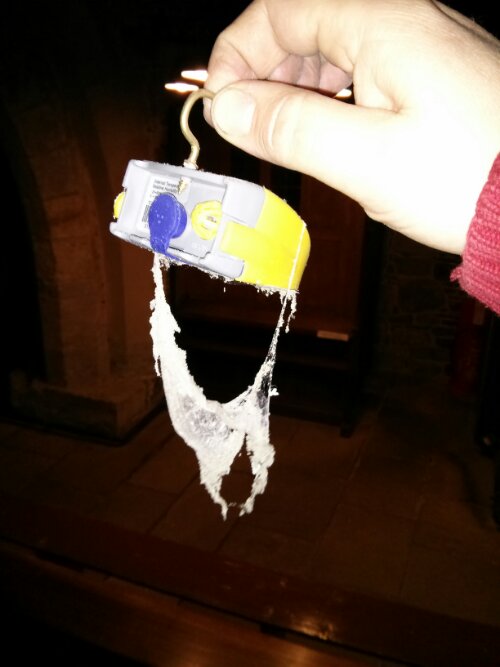
Broken Humidistat
The heating for this early 20th century memorial building is all controlled by this tiny box. This worked fine until someone dropped a heavy object on the box and damaged the circuit board. This explains why the heating has been on day and night recently. It’s only going to be about £50 to repair it.
Mending the Heating
There is some important timber panelling in this building that needs to be kept in good condition. The main decay mechanism would be high relative humidity levels but these are being kept under control with heaters and Meaco humidistats. These all work hard, switching on and off many times day and night to balance energy use with environmental conditions. There are a few repairs needed to keep everything running as it should.
Museum of Childhood
Humidistats
This long gallery has large windows, high ceilings and not that much insulation. However it still manages to keep the environment well controlled. The main reason is by using a humidistat rather than thermostat. The jute rug also gets watered with a watering can when it gets too dry. This must help keep relative humidity levels up in the winter as well as preventing the rug from falling apart.

